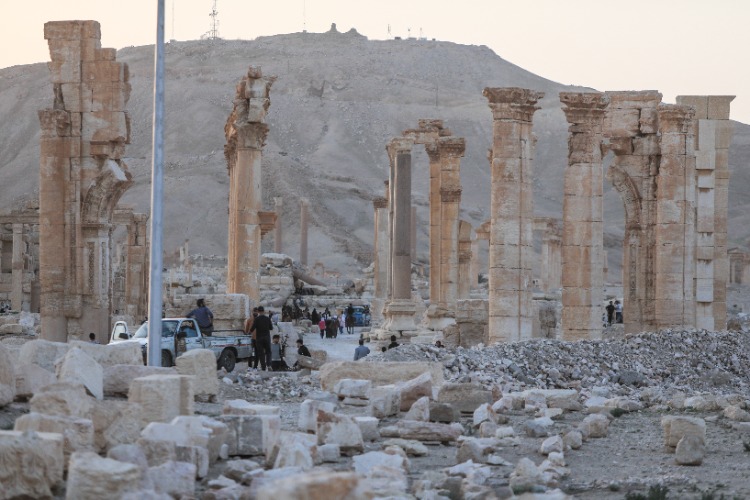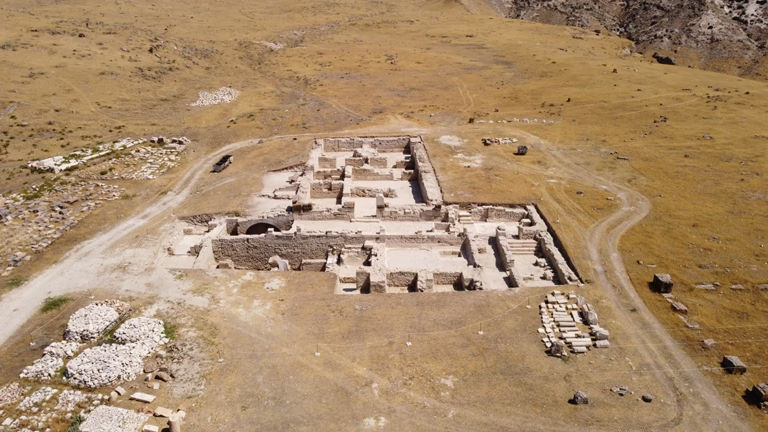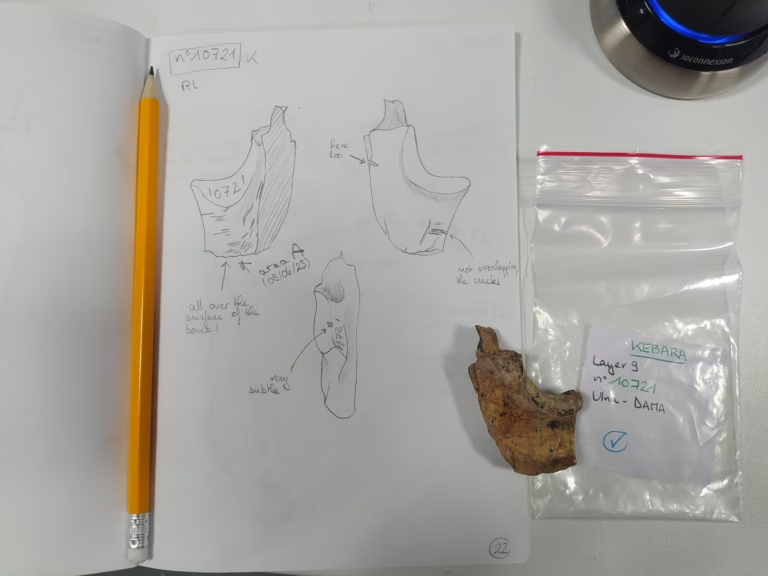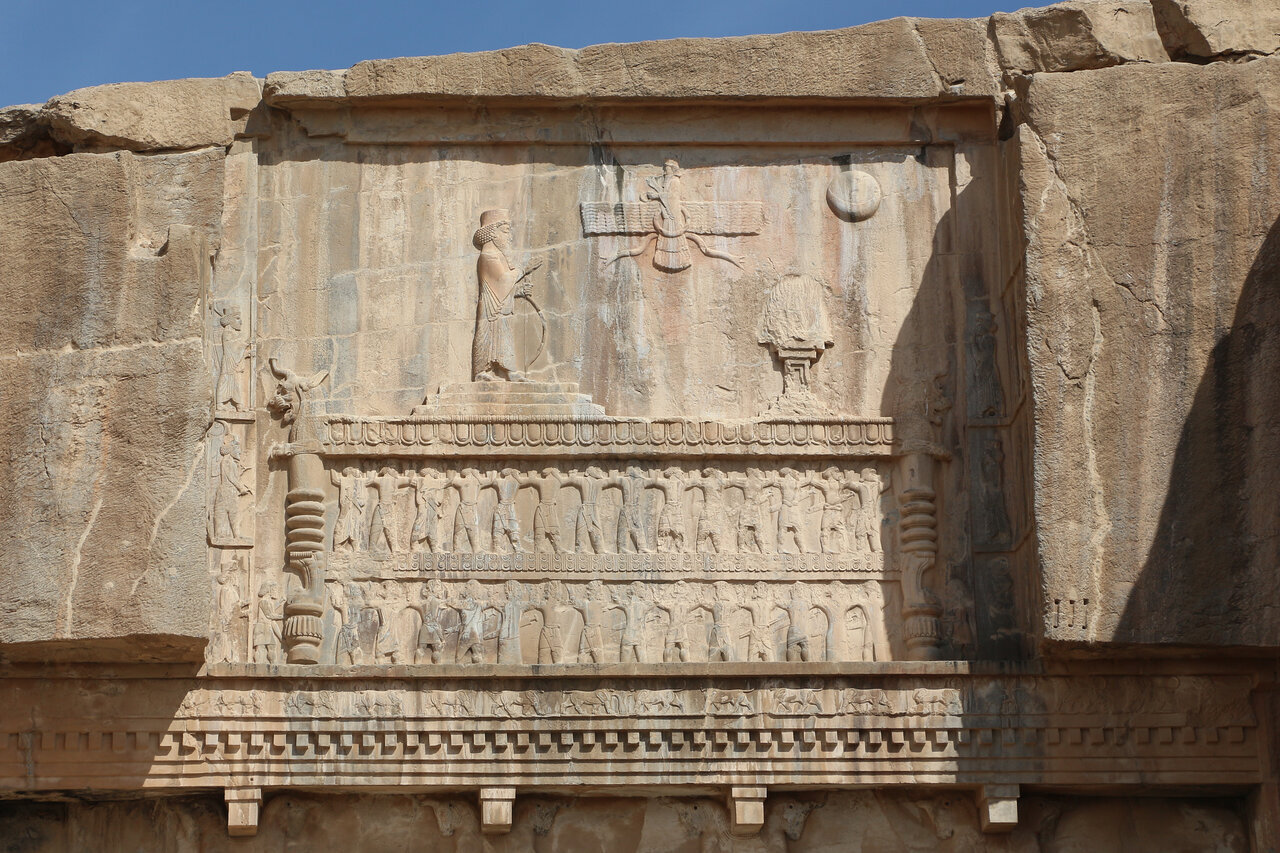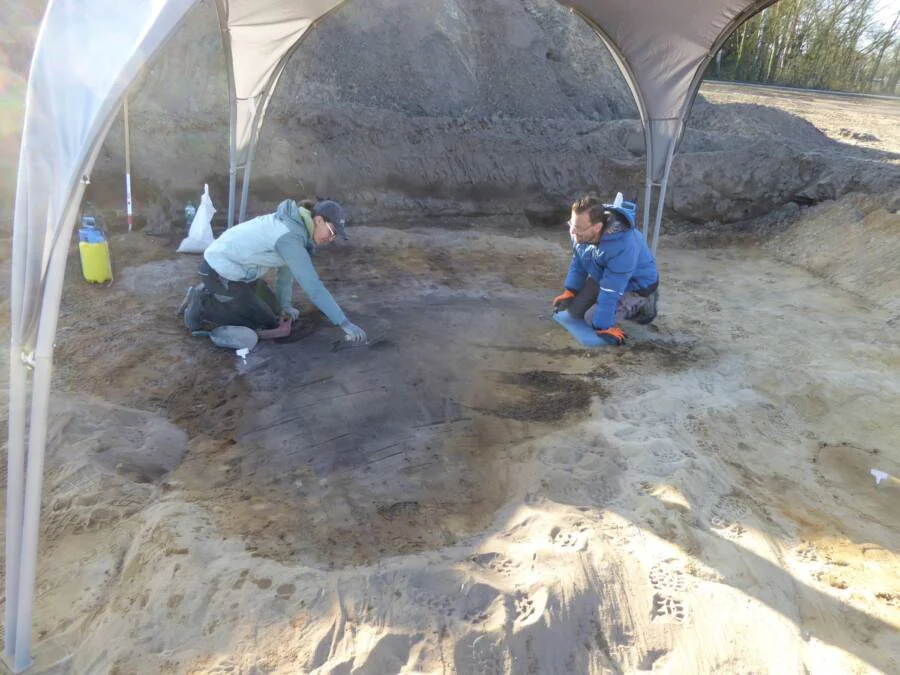Palmyra Ancient City, one of the most important ancient cities in human history, located in Syria, has begun to be revisited after the civil war. The ruins of Palmyra Ancient City, which is on the UNESCO World Heritage List, were largely destroyed by the terrorist organization ISIS in 2015. The terrorist organization completely destroyed the famous Temple of Bel, the Temple of Baalshamin, the Arch of Triumph, and some royal tombs in the ancient city. They also executed archaeologist Khaled al-Asaad, a prominent figure in the ancient city.
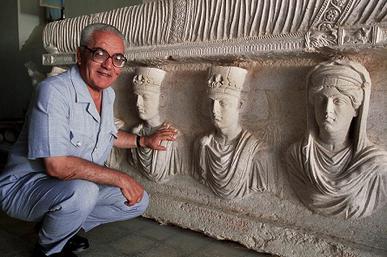
The ancient city was not only subjected to the brutality of ISIS. The ground-to-ground artillery and air strikes carried out by the Syrian Army, loyal to the ousted leader Bashar Assad, to seize control of the Palmyra Ancient City, brought the cultural heritage here to the brink of extinction.
According to Bakr Al Kasem, after the overthrow of the regime and the inauguration of a new government in Syria, local tourists are visiting the heavily damaged Palmyra with a bittersweet joy after 14 years, and they are hopefully waiting for the days when the ancient city will return to its former glory.
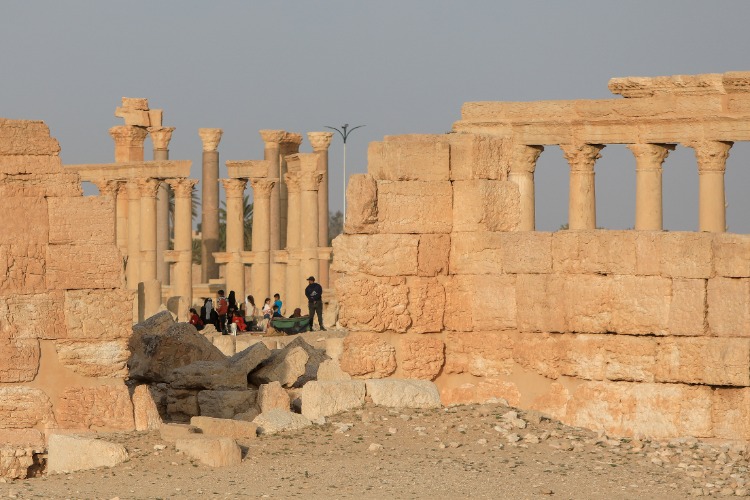
Irina Bokova, former Director-General of the United Nations Educational, Scientific and Cultural Organization (UNESCO), stated that this destruction constitutes a war crime and is a great loss for the Syrian people and all humanity.
Zehir Selim, a member of the Palmyra district Civil Committee and one of the local pioneers of the reconstruction process in the city, stated that the residents of the district were forced to migrate due to the pressures of ISIS and the attacks of the ousted regime.
Selim said, “The historical heritage of Palmyra was greatly damaged during the approximately 9-month occupation of ISIS. The subsequent attacks by the regime and Russian forces further deepened the destruction. After the withdrawal of ISIS, the ancient city was looted by regime forces.”
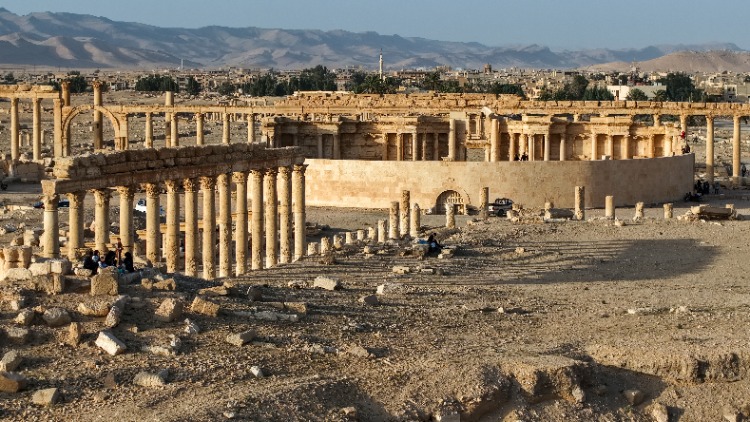
Zehir Selim said, “In addition to the historical artifacts, houses, shops, markets, and artifacts in the museum were stolen. Underground tombs were looted, and random archaeological excavations were carried out. In its second occupation, ISIS destroyed the symbols of the city, such as the Arch of Triumph, the Roman Theater, and the Bel and Baalshamin temples, with explosives.”
